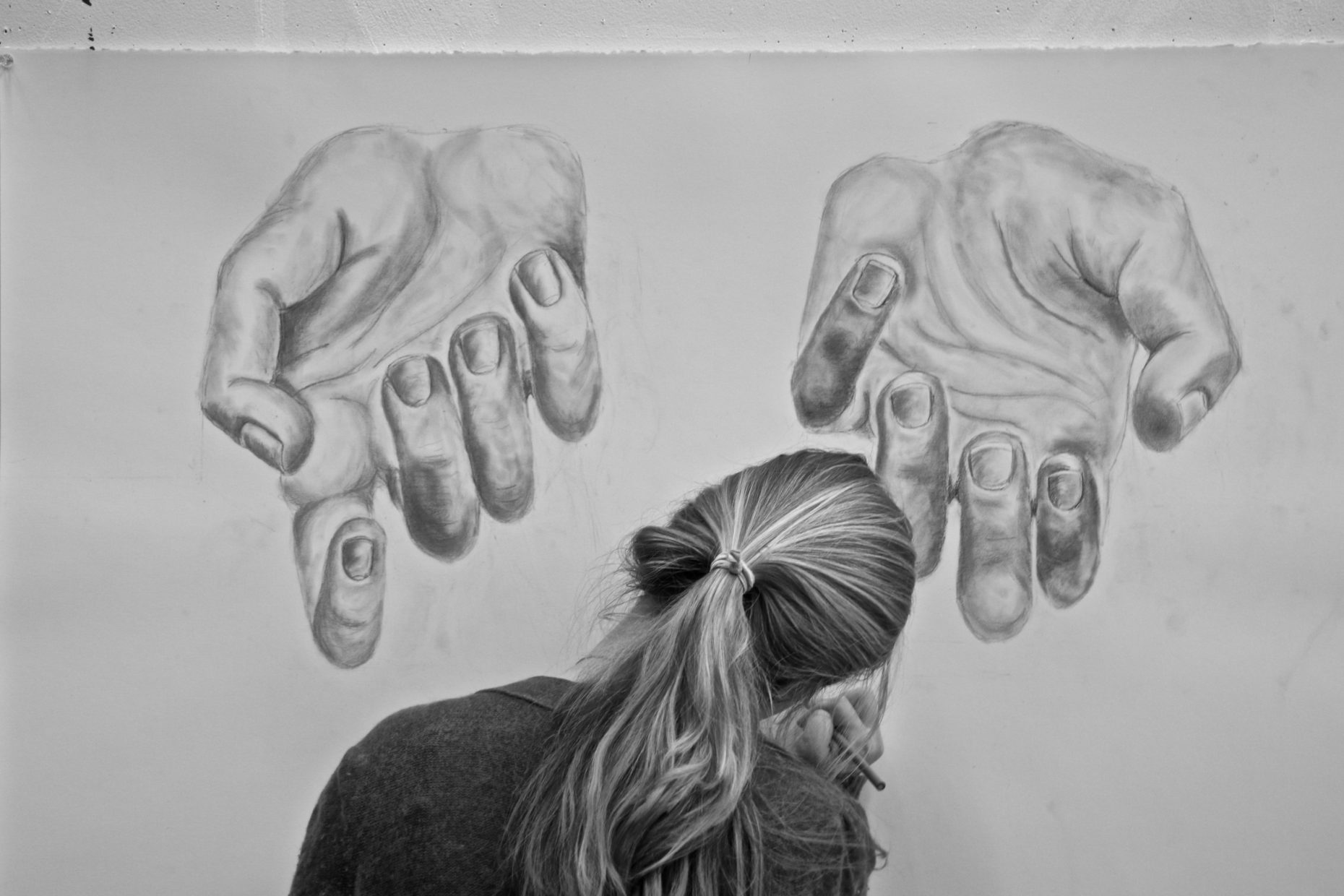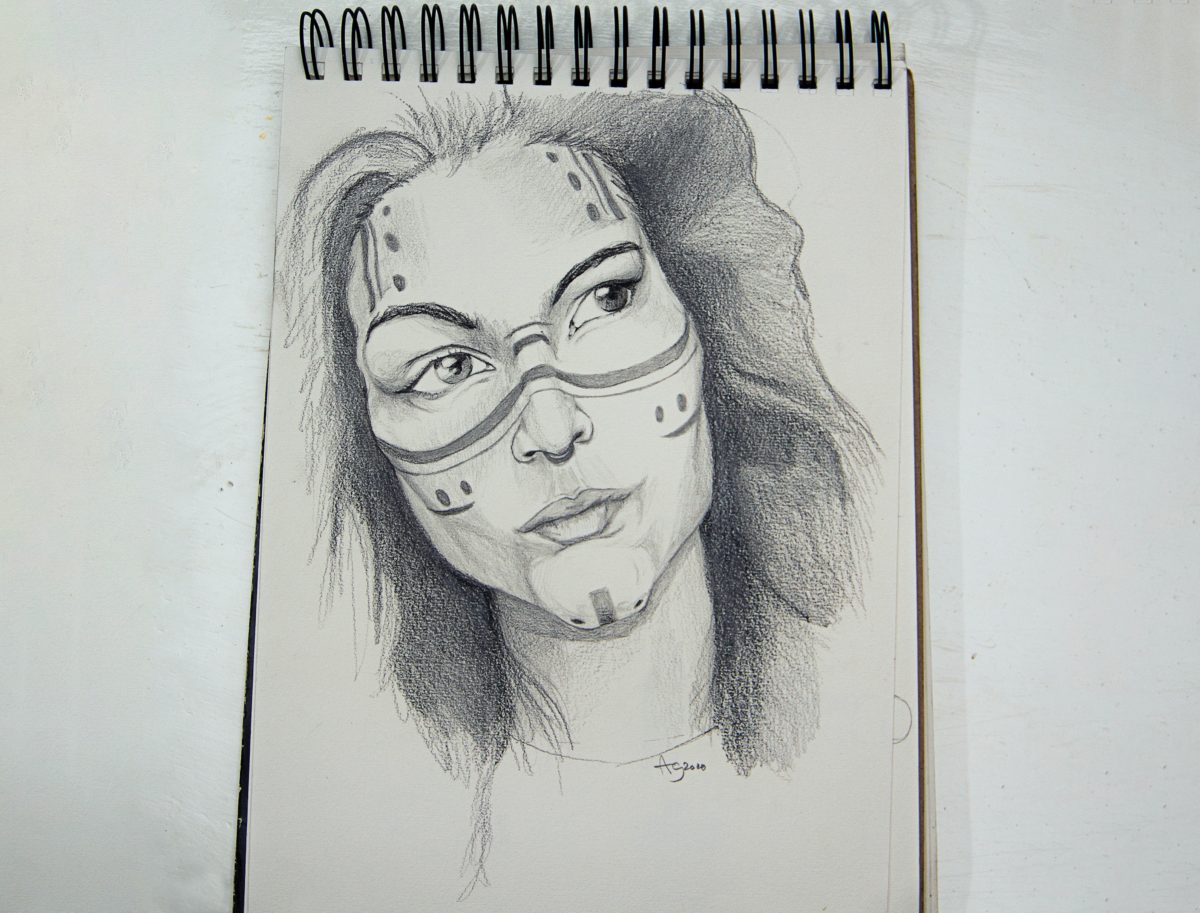Purpose and Audience
The ePortfolio should accurately communicate who you are and cohesively represent what you have learned (or are learning). In order to do this, you need to start with your purpose (Boesch et al., 2015). Consider:
- Why are you creating an ePortfolio?
- What are your intended goals or outcomes for your ePortfolio?
- What is the key message you want to convey?
The answers to these questions will guide you as you curate and reflect. If you are creating an ePortfolio for a specific course or program, a good starting place would be taking the course learning outcomes or assignment criteria and personalizing it. Personalization is important because ePortfolios are meant to be “an archive of one’s work, achievements, ideas, thoughts and feelings which reflect an individual’s intellectual, emotional and social developments- in essence they are a document of an individual’s learning over time” (Light, n.d.).
The purpose can also be the summative element, like a theme, that ties all your artifacts together. When your goals or intentions are stated clearly on the home page, your audience will better understand what you are trying to showcase and how the organizational structure of your ePortfolio works.
Another important aspect to consider at the beginning is your audience. Determining who your audience is allows you to select the appropriate voice to use, and it allows you to consider their perspective as they view your ePortfolio. This does not explicitly need to be stated anywhere on your site, but you should be cognizant of it as you begin to write your reflections. It should also relate to your purpose. For example, if you are creating an ePortfolio for future employment or potential employers, then be sure to use professional language, whereas if you are creating an ePortfolio for self-exploration, then you have the freedom to use much more casual language.
We recommend you delete this text and add your own. If you want to keep a version of this, you can clone it and then save the duplicate as a draft.
Template by Jamie Drozda and Melanie Laurie #UBCMET
References
- Boesch, B., Reynolds, C., & Patton, J. (2015). ePortfolios as a Tool for Integrative Learning. In Handbook of Research on Applied Learning Theory and Design in Modern Education (pp. 439–464). IGI Global. https://doi.org/10.4018/978-1-4666-9634-1.ch021
- Light, T. P. (n.d.). ePortfolios. Learning and Teaching for Change. Retrieved June 5, 2020, from https://tracypenny light.ca/research/scholarship-of-teaching-and-learning/eportfolios-2/
Photo by Isabelle Gilman on Unsplash



